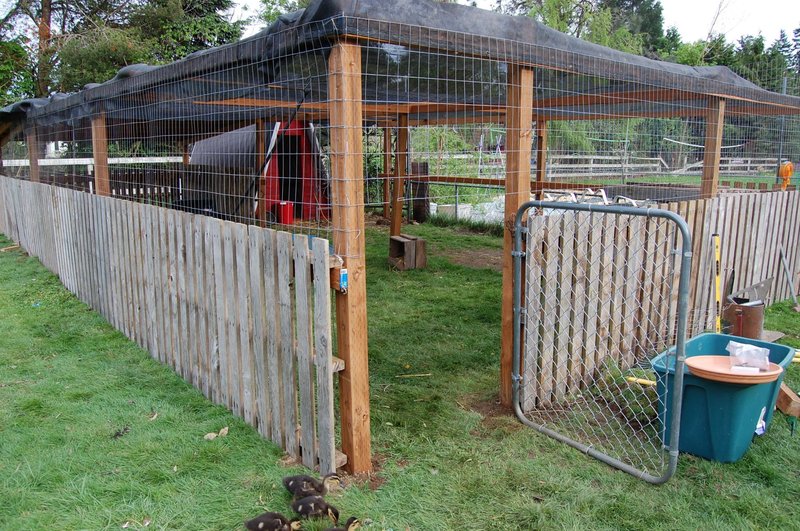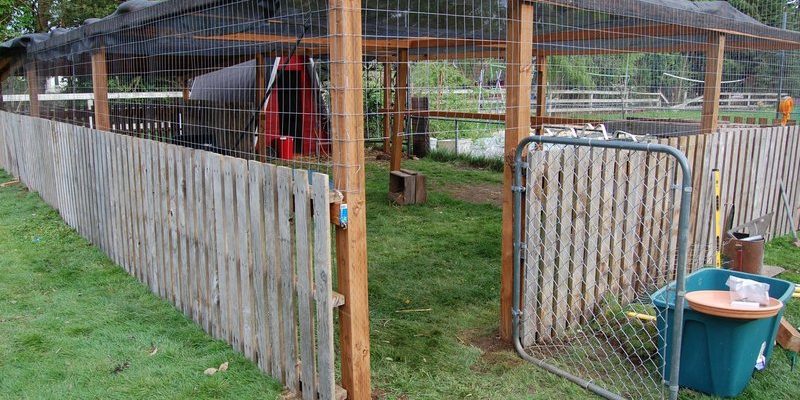
Building a sheep shelter and fencing system might seem overwhelming at first, especially if you’re new to farming. But let me assure you, with the right guidance, it can be a fun and rewarding project. After all, giving your sheep a safe environment not only helps them thrive but also makes your life easier. So grab a cup of coffee, and let’s chat about how you can get started with this.
Why a Good Shelter Matters
Creating a comfortable and sturdy shelter for your sheep is essential for their overall health and well-being. Sheep are pretty resilient animals, but they need protection from extreme weather conditions—think hot sun, heavy rain, and cold winds. A well-constructed shelter acts like a cozy retreat where they can escape from harsh elements.
Here’s the thing: when sheep are stressed due to poor shelter, it can lead to health issues or reduced productivity, like lower wool quality or fewer lambs. Ideally, your shelter should have good ventilation, enough space for all your sheep, and easy access to food and water. A simple barn or shed designed for sheep can fulfill these needs beautifully.
Choosing the Right Location
Location is key when setting up your sheep shelter. Look for a dry, elevated area where water won’t pool during heavy rains. You don’t want your sheep wading through puddles! A spot away from strong winds can make a huge difference too.
Consider how convenient it is for you to access the shelter. You’ll want it near your feed storage and water supply. Having everything close together saves you time and energy, especially during cold mornings or rainy days when you’re tending to your flock.
Designing the Shelter
Now that you’ve got the location sorted out, it’s time to think about the shelter’s design. Keep it simple! A basic structure with a roof, walls, and an opening works wonders. Sheep feel more secure in enclosed spaces, so make sure there’s enough room for them to huddle together if they feel chilly or frightened.
The roof should be sturdy and waterproof. You don’t want leaks ruining your sheep’s cozy haven. And for the walls, consider using materials like wood or metal. Make sure there’s no chance for predators to get in, so check for gaps or weak spots regularly.
Flooring Options
When it comes to flooring, you have a couple of options. You might go for dirt, but it can get muddy quickly, especially when it rains. A raised wooden floor or concrete can make cleaning easier and provide better drainage. You could also use straw or mulch as bedding to keep things comfy and dry for your sheep.
Just remember to clean the bedding regularly! Clean spaces keep your flock healthy and happy, reducing the chances of illness spreading among them.
Setting Up Fencing
Once your sheep shelter is in place, it’s time to tackle fencing. Fencing is crucial for keeping your sheep safe from predators and preventing them from wandering off. It’s basically the wall that protects your sheep’s little world.
When choosing fencing material, you have several options. Many farmers opt for woven wire fencing because it’s strong and durable. Electric fencing can also be a great choice, ensuring that your sheep stay within the designated area while also keeping predators at bay.
Fencing Height and Depth
Let’s talk about height and depth. Your fence should be at least 4–5 feet high. Sheep are surprisingly good jumpers when motivated by predators or other exciting stimuli. To prevent them from digging out, consider burying the fence at least a foot deep or adding a horizontal wire at the bottom.
You might want to add barbed wire on top for extra security, but make sure your fencing is also safe for your sheep. Remember, the goal is to keep them in and danger out without creating unnecessary hazards.
Creating a Safe Pasture
After setting up the shelter and fencing, you need to think about the pasture where your sheep will graze. An ideal pasture should have rich, green grass and a variety of plants for them to munch on. This not only keeps your sheep healthy but also adds a natural element to their environment.
Rotate your pasture regularly. This allows the grass to recover and minimizes the risk of overgrazing. Sheep love variety, and rotating pastures also helps keep them healthier by reducing the risk of parasites.
Water and Feeding Stations
Don’t forget about water and feeding! Access to fresh water is a must. Consider setting up a trough that’s easy to reach, but also secure enough to prevent contamination. Hydration is key, especially on hot days.
For feeding, you can use feeders that keep hay off the ground. This keeps the hay cleaner and minimizes waste, saving you money in the long run. Proper feeding practices ensure your sheep are well-nourished and happy.
Regular Maintenance and Checks
Setting everything up is just the beginning. Maintaining your sheep shelter and fencing system is an ongoing task. Regularly check for any signs of wear, damage, or gaps in the fence. A quick inspection goes a long way in preventing bigger problems down the road.
Make it a habit to clean the shelter frequently, replacing bedding as needed and keeping feeding areas tidy. This not only ensures the health of your sheep but also makes your daily chores more manageable.
Common Issues and Troubleshooting
You might run into some common challenges along the way. For instance, if your sheep seem to want to escape, you may need to evaluate the height and sturdiness of your fencing. If the shelter isn’t being used, check the temperature—maybe it’s too hot inside, or there’s not enough ventilation.
Being attentive to your flock and the conditions of their environment will help you catch these issues early, making your life easier in the long run.
Setting up a sheep shelter and fencing system doesn’t have to be a daunting task. With a little planning and care, you can create a safe and comfortable space for your flock. Remember, a happy sheep is a productive sheep!
So enjoy the process—watching your sheep thrive in their cozy environment is incredibly rewarding. As you dive into this project, keep in mind the needs of your flock, stay ahead of potential problems, and relish the satisfaction of knowing you’re providing them with the best care possible. Happy farming!

